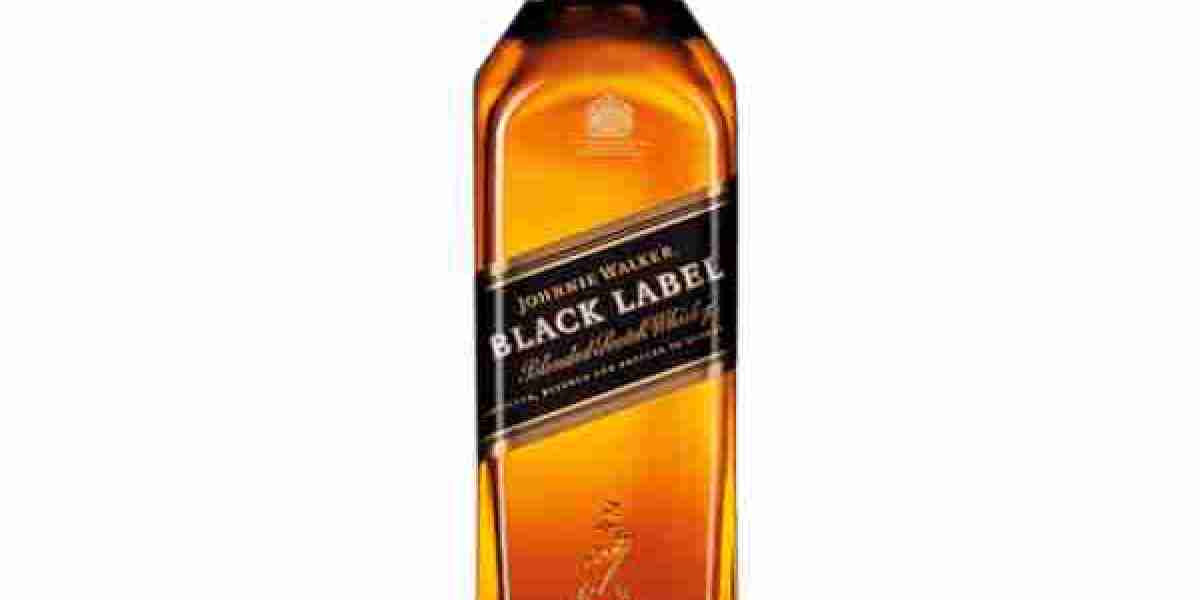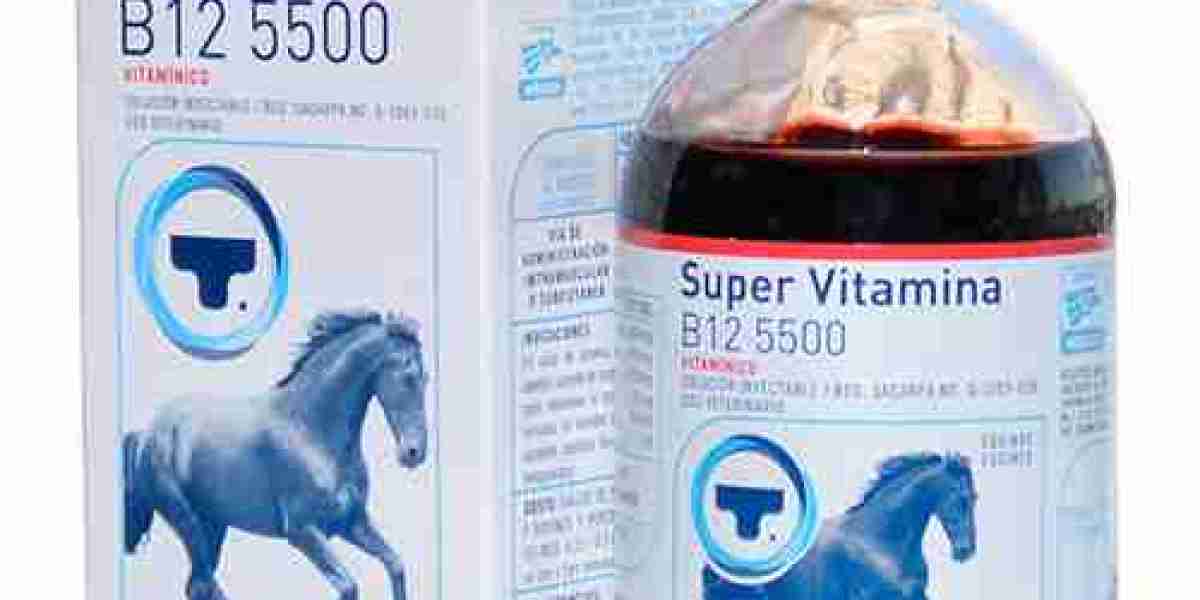If you’ve ever been curious about this monumentally popular scotch whisky, we explore Black Label’s origins, naming story, and the whiskies included in the blend. Here are five things you didn’t know about the iconic Johnnie Walker Black Label.
John Walker’s son, Alexander Walker originally created Johnnie Walker Black Label
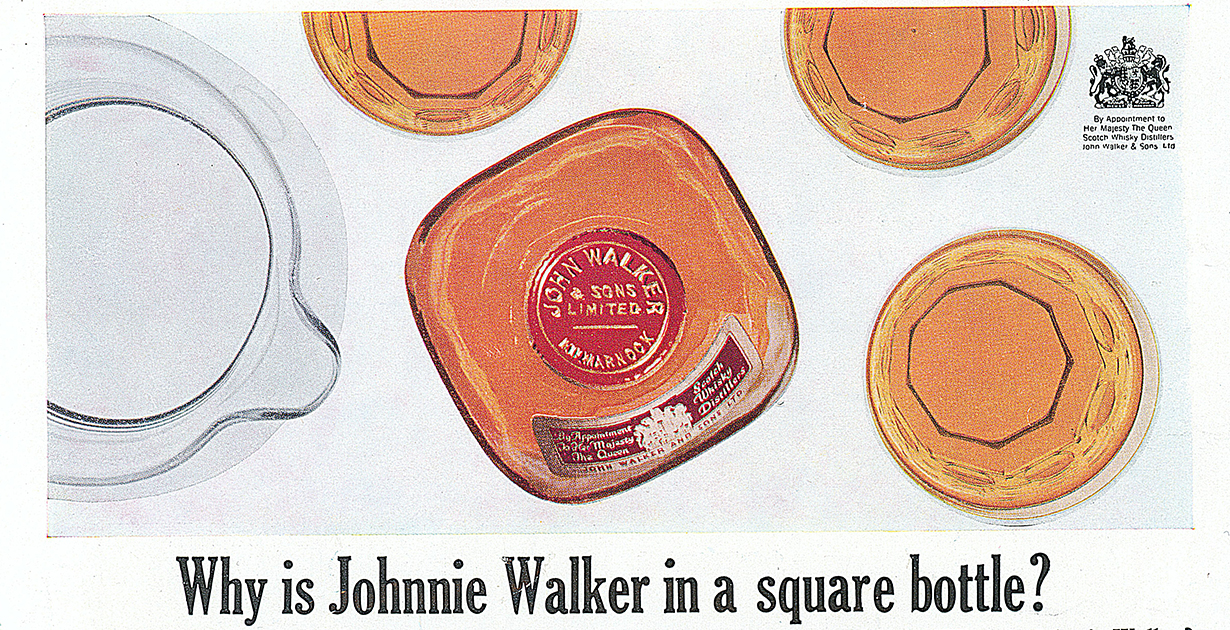
The Johnnie Walker legacy began when the brand’s namesake, John Walker, established a grocery and spirit merchants shop in Kilmarnock, Scotland in 1820. Initially selling made-to-order blended whiskies and single malts, John Walker created and marketed his own brand of blended malt, ‘Walker’s Kilmarnock Whisky’ in 1850.
Following John Walker’s death in 1857, his son, Alexander Walker inherited the business, committing the company as a dedicated whisky blender, and laying the foundations for the development and long-term success of the Johnnie Walker brand. In 1865, Alexander Walker created the future Johnnie Walker Black Label, and the first true Johnnie Walker expression, registering the blend’s copyright and recipe in 1867.
Alexander Walker also implemented many of the iconic features of the future Johnnie Walker brand, introducing the distinctive square-sided bottle for bottling John Walker Sons company blends from 1860. This decision was initially made to enable more bottles to be packed in a small space for transport during export, and to reduce breakages.
The Johnnie Walker brand’s distinctive slanted label was trademarked by Alexander Walker in 1877. Applied at an angle of 24 degrees, it was designed to attract attention from consumers and remains a defining characteristic of Johnnie Walker whisky.
Johnnie Walker Black Label was originally named ‘Old Highland Whisky’
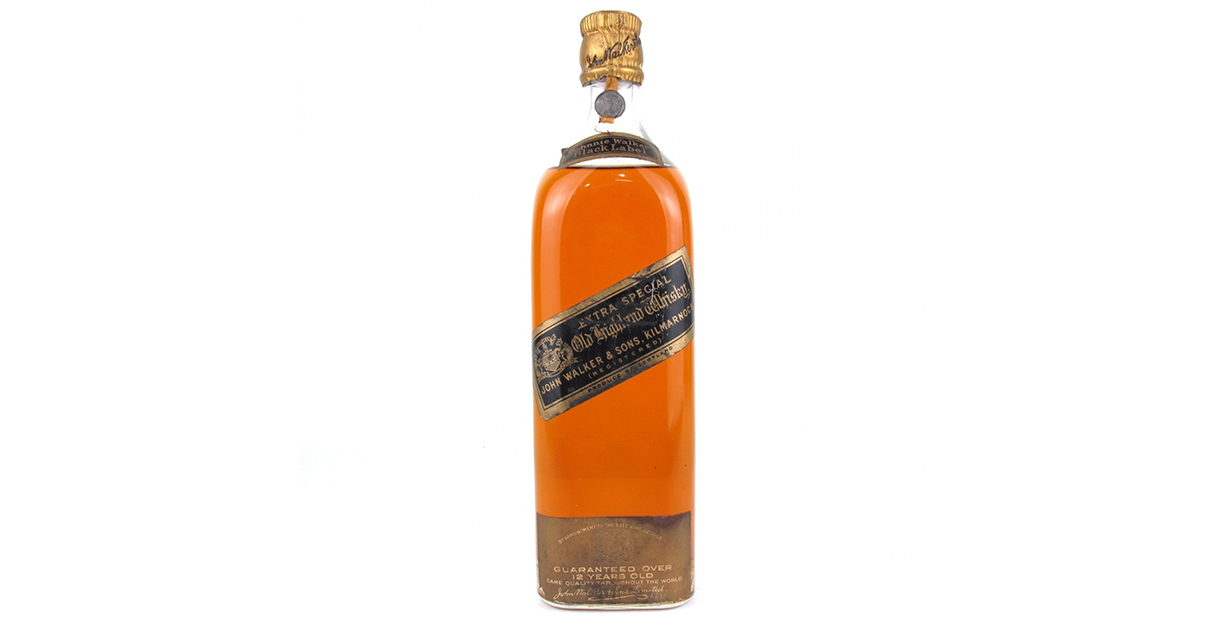
Johnnie Walker Black Label was first sold as ‘Old Highland Whisky’ when Alexander Walker created the blend in 1865.
In 1906, the blend was renamed as ‘Extra Special Old Highland’ when Alexander Walker’s sons, Alexander II, and George P. Walker expanded the Old Highland blended whisky range to three expressions in ascending age order; Old Highland, Special Old Highland, and Extra Special Old Highland. Featuring white, red, and black labels respectively, the Old Highland range became known amongst consumers by label colour.
George P. Walker and company managing director James Stevenson sought to overhaul the Old Highland brand’s marketing, approaching famous cartoonist and illustrator Tom Browne to design a new mascot in 1908. Browne allegedly drew the first iconic ‘Striding Man’ design on a menu during the meeting with Walker and Stevenson.
In 1909, the Old Highland range was rebranded under the new trademarked brand name, Johnnie Walker. The rebranding process resulted in the ‘Extra Special Old Highland’ blend becoming Johnnie Walker’s signature Black Label expression, a product name that has endured for over a century.
By 1920, Black Label whisky was available in 120 countries.
Johnnie Walker Black Label is created using up to 40 different whiskies
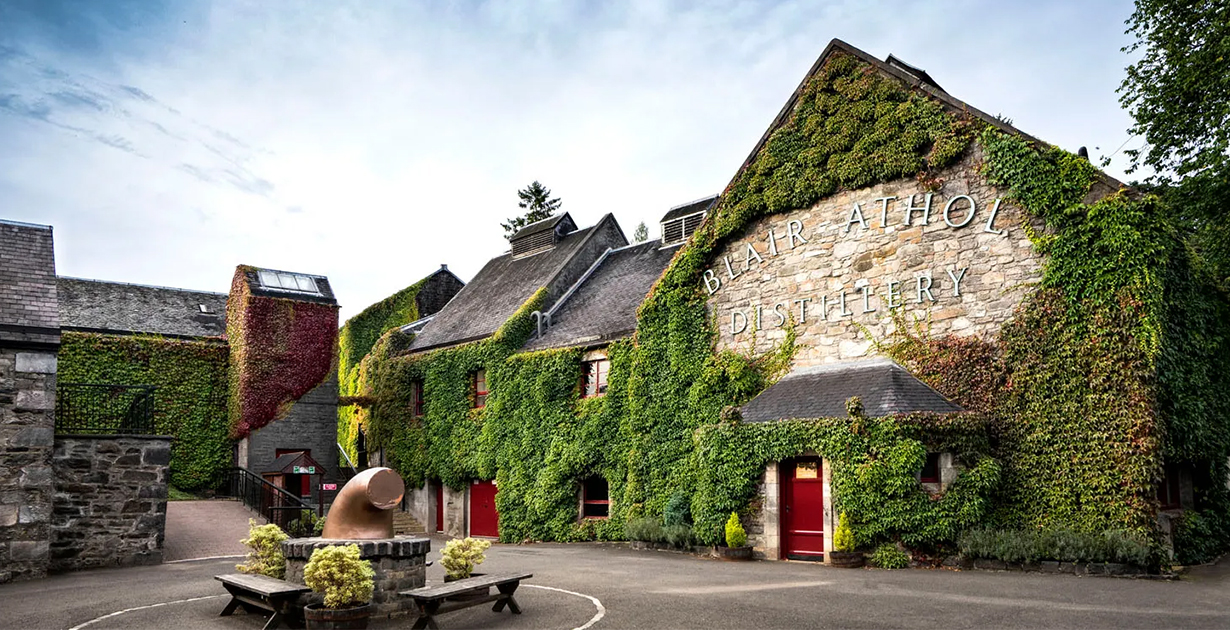
Johnnie Walker Black Label is a blend of up to 40 malt and grain whiskies from distilleries across Scotland.
Black Label’s prominent initial flavors of sweet fruits and toffee give way to a peaty smoky finish. This is evident of a balance between Islay region whiskies, alongside subtler contributions from Speyside and Highland distilleries to produce a consistently reliable blend since 1865.
Black Label’s core malt whisky elements originate from the Blair Athol, Cardhu, Strathmill, and Caol Ila distilleries. Cameronbridge Distillery supplies the main grain whisky component for the blend.
As Johnnie Walker Black Label carries an age statement of 12 years, each whisky used to compose the blend must first have been matured for a minimum of 12 years.
Winston Churchill enjoyed Johnnie Walker Black Label
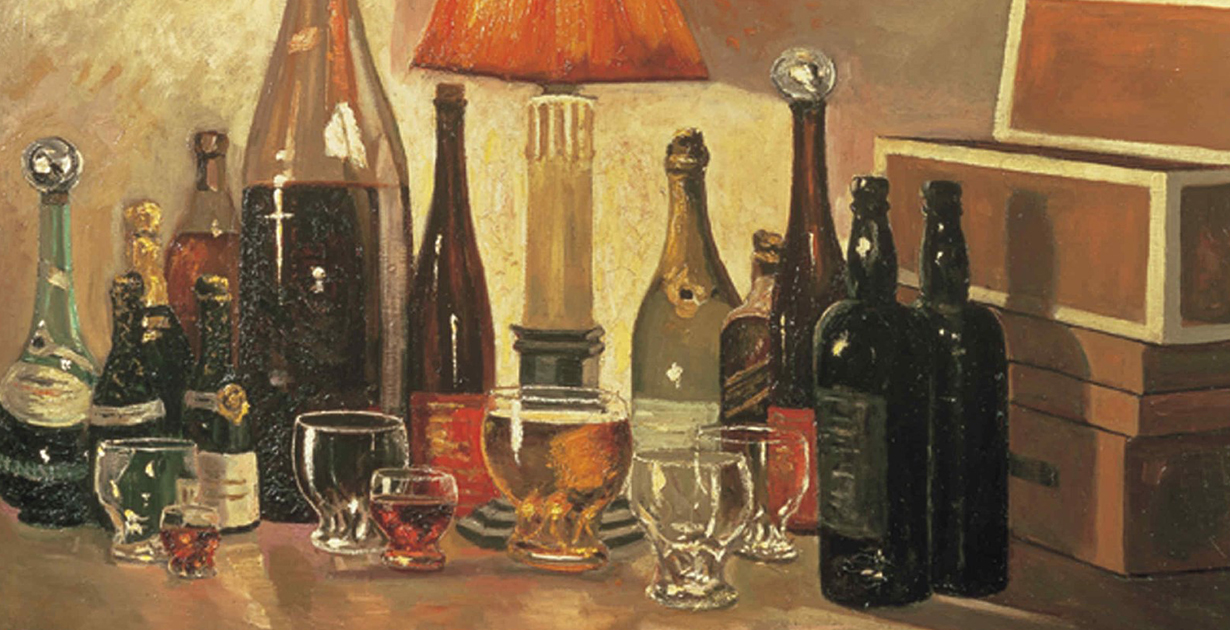
British Prime Minister and Second World War leader, Winston Churchill has gained a notorious reputation for his alcohol intake, which included scotch whisky mixed with soda water drank throughout the day. Churchill’s scotch whisky of choice was Johnnie Walker, either Black Label or Red Label.
An avid painter, Churchill also included a bottle of Johnnie Walker Black Label in two of his paintings, ‘Jug with Bottles’ (1915) and ‘Bottlescape’ (1926). Depicting a distinctive Black Label bottle alongside a glass jug, ‘Jug with Bottles’ was gifted to an American envoy in the 1930’s, and later sold at auction for approximately $1.3 million in 2020. The Impressionist-style still life, ‘Bottlescape’ which portrays a collection of alcohol bottles remains on display at Winston Churchill’s Chartwell estate.
Johnnie Walker Black Label is a Popular Culture Icon
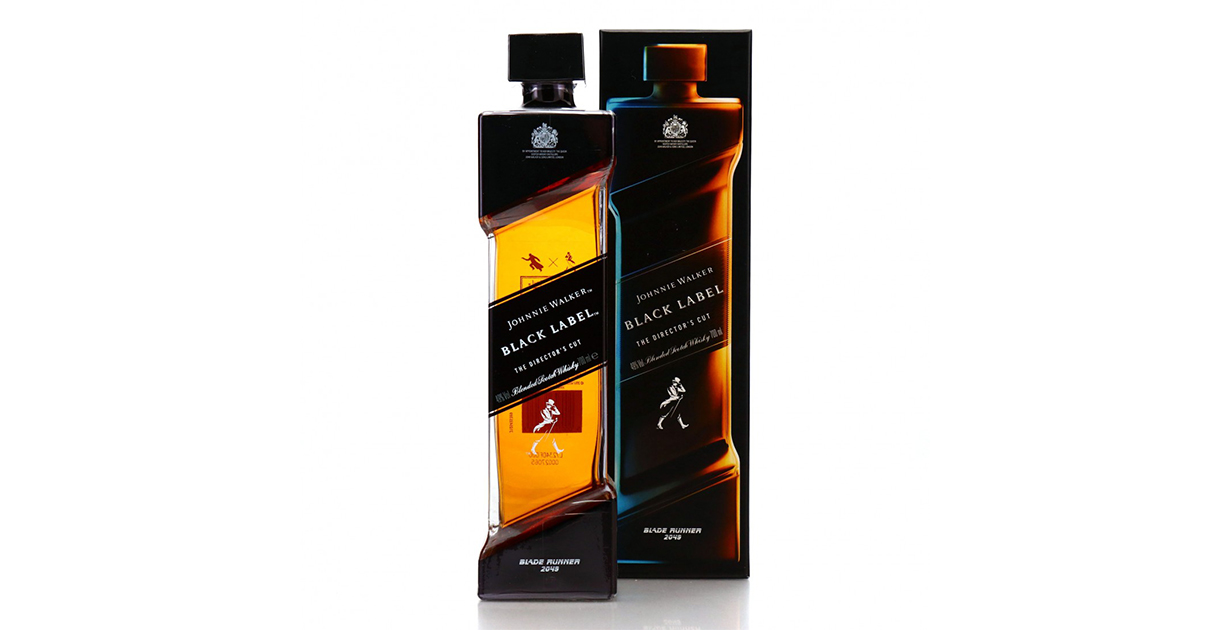
Johnnie Walker Black Label whisky has had a significant cultural impact, mentioned in numerous songs, and appearing in TV shows and iconic films. Heavy metal band, Black Label Society is named after Black Label whisky, as group founder Zakk Wylde is an avowed fan of the expression.
A futuristic version of the Black Label whisky appears in Ridley Scott’s cult science fiction film Blade Runner (1982), which features Harrison Ford as burnt-out former police officer Rick Deckard.
In Blade Runner, Deckard is seen enjoying Johnnie Walker Black Label whisky, bottled in distinctive geometric style square bottles, in several scenes. When Harrison Ford reprised his role in the long-awaited sequel Blade Runner 2049 (2017), Deckard once again drinks Black Label when he encounters replicant ‘K’ (Ryan Gosling).
Celebrating the release of Blade Runner 2049, Diageo collaborated with filmmaker Denis Villeneuve to create the limited-edition expression Johnnie Walker Black Label Director’s Cut.
Presented in a 21st Century geometric style bottle reminiscent of the Blade Runner film bottles, Director’s Cut contains more than 30 whiskies and is bottled at a stronger 49% ABV (referencing the film’s 2049-year setting), with only 39,000 bottles released globally.
The History of Johnnie Walker
If you are looking for an in-depth history of the world’s most beloved scotch whisky brand, then head over to YouTube, where Mark is breaking down the history of Johnnie Walker in a multi-part series.
